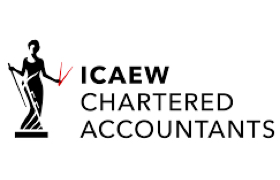Tax implications of no fault divorce
- 12th July 2022
No fault divorce became a reality in April. Although it brought no associated changes to the tax rules, divorcing couples should now be in a better position to focus on financial issues – particularly important if not using a solicitor.
Capital gains tax
For most couples, the main tax issue will be the capital gains tax (CGT) consequences of transferring assets as part of the divorce settlement.
The basic rule is that transfers only escape CGT (on a ‘no gain, no loss’ basis) if made by the end of the tax year in which the couple are no longer living together – the year of separation.
After the end of the year of separation, but before the divorce is finalised, any transfers of assets will be treated as made at market value, so CGT can be payable – but with no proceeds to fund the tax liability.
Couples dissolving a civil partnership can now also do so on the same no fault basis.
Private residence relief will generally mean there are no – or few – CGT implications if transferring the family home, but someone with a portfolio of property and investments could face a large, unnecessary, CGT bill without careful planning.
Timing
With a no fault divorce, the applicant is required to wait 20 weeks from the start of the divorce proceedings until a Conditional Order (previously the Decree Nisi) is made. This is the time for reaching a financial agreement on how assets are to be divided. There is then a further wait of six weeks until the Final Order (previously the Decree Absolute) can be made.
This is a minimum of six months. Add on possible paperwork processing delays, and a separation in the second half of the tax year means a straightforward transfer of assets will not be possible until the next tax year, making CGT an issue.
HMRC has provided an updated help-sheet on the CGT implications of divorce, dissolution and separation here. During such a stressful process, it’s more important than ever to ensure you have the right expert guidance, so let us know if we can help.
Tax advice
Any news or resources within this section should not be relied upon with regards to figures or data referred to as legislative and policy changes may have occurred.



